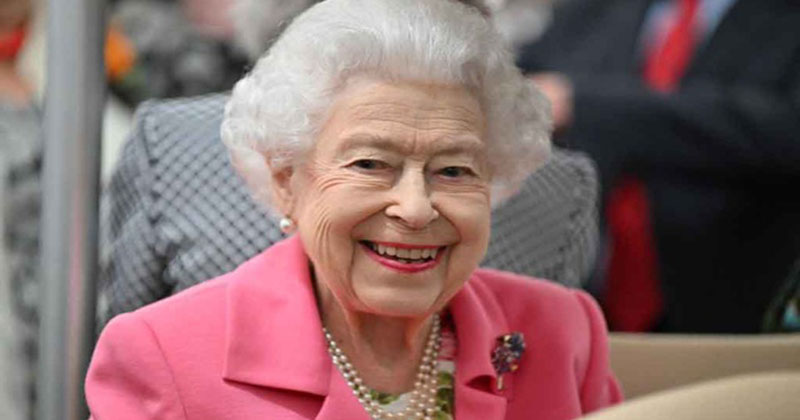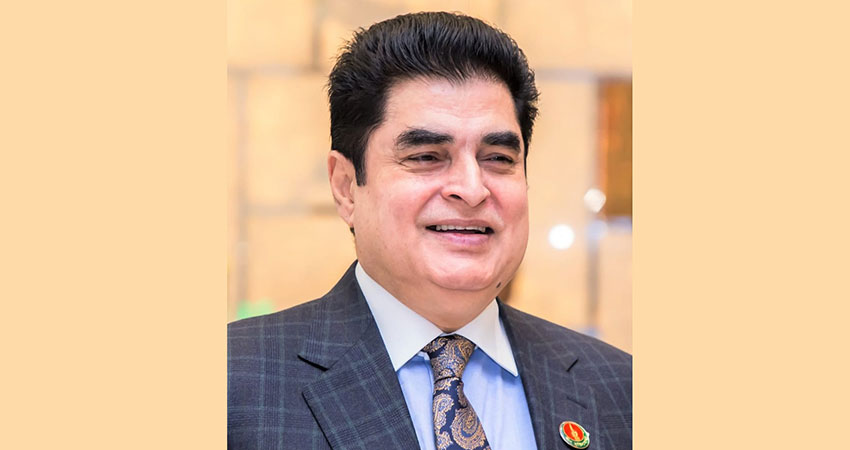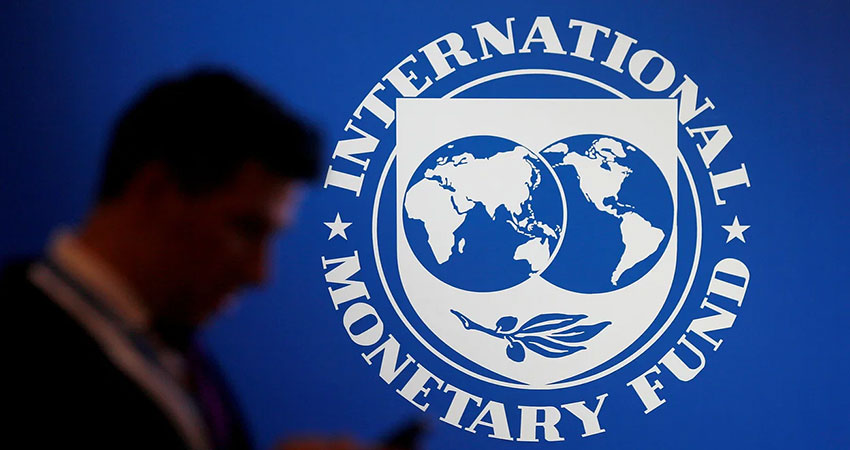With central banks ratcheting up their response to a global inflation shock, debate is shifting from when they'll win the war to whether faster rising prices are here to stay in a supply-constrained world.
The risks of an emerging era of high-inflation have been sketched out by top central bankers, led to debate about whether current inflation targets may prove ruinously strict, and started shaping the views of corporate officials laying plans for the post-pandemic world.
Central banks might make some progress toward their inflation targets by raising interest rates and managing demand, Morgan Stanley chief executive James Gorman said at the NEXT conference in New York. But getting all the way back to the 2% level most have set as their aim may be hard in a world where supply chains, demographics and other challenges will conspire to keep prices higher.
"I suspect inflation will remain higher than people want," Gorman said. Central banks, by managing demand through interest rates, could probably "bring inflation down to around four percent. It gets much hard after that. Four to 2% is a pretty significant change" because of supply side limitations.
Gorman's comments captured what is likely to be the next stage debate for central banks and global leaders as they assess how effective their policies have been in controlling prices and what more might have to be done - all in the context of a slowing global economy and possible recession in key areas like Europe.
Inflation is “still very concerning … we started in April with the idea that there would be stagflation and I think that is playing out," World Bank President David Malpass said in a interview, referring to a worst-of-both-worlds combination of stagnating growth and continued inflation.
"We have slow growth. We have inflation stubbornly high. We have the risk of recession in many countries," Malpass said.
But he also nodded beyond the world's central banks to a needed supply-side solution to rising prices.
"Where is production going to come from?" he said. "People should be trying to produce more to combat the inflation trends that are going on."
So far, and particularly in the United States, the actions of central banks have not had an appreciable impact on core elements of the economy, particularly the job market. But they have also not made substantial progress in lowering inflation from current high levels - around 6% in the US, more than 10% in Europe and the United Kingdom.
It may be peaking. Inflation slowed in Europe in November for the first time in 17 months, and has been edging down in the US since June.
In remarks this week, Fed chair Jerome Powell gave his most detailed account yet of forces that may pull inflation down in coming months, including a decline in new rental leases that will eventually pull down the headline averages, and falling goods inflation.
However, officials are aligned that prices are still rising too fast, and increasingly on the idea that solutions will need to be forged beyond monetary policy.
"Prices are still too high," deputy US Treasury Secretary Wally Adeyemo said in an interview. "While the Fed has primary responsibility ... we are doing everything we can on the supply side," including releasing oil from a strategic reserve to public investments in microchip production and training programs meant to improve the supply of available workers.
But those are long term fixes for what is, at the moment, an acute short term problem that has led the Fed and other central bankers to risk a recession, through steadily rising interest rates, to reach the 2% target. In the case of the Fed that involves putting other countries at risk as well because of the dollar's global dominance.
Some are beginning to question, as a new normal emerges, whether it's worth it.
Former International Monetary Fund chief economist Olivier Blanchard, currently a senior fellow at the Peterson Institute for International Economics, has long supported a higher inflation target, arguing that the costs of 2% versus 4% inflation are minimal, while the higher rate gives central bank's more policy space to manage the economy.
In the current environment, he wrote in the Financial Times recently, they may find the last steps back to 2% too painful to take.
"I suspect that when, in 2023 or 2024, inflation is back down to 3%, there will be an intense debate about whether it is worth getting it down to 2% if it comes at the cost of a further substantial slowdown in activity," Blanchard wrote. "I would be surprised if central banks officially moved the target, but they might decide to stay higher than it for some time."
Inflation may be peaking, but doubts emerge about its decline



















